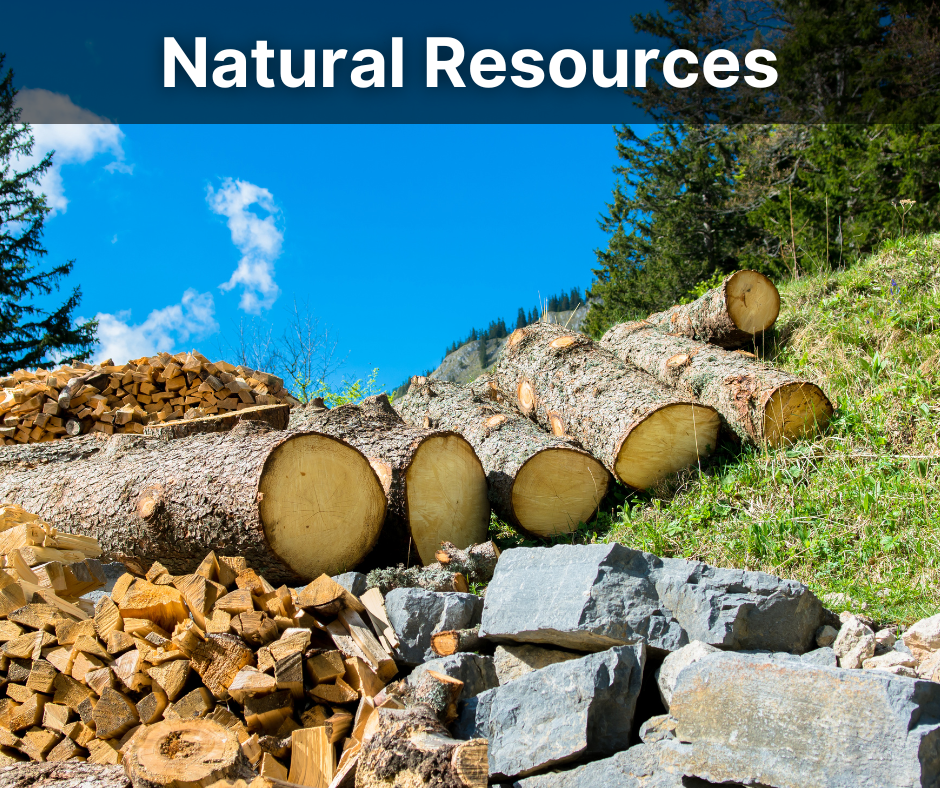When it comes to tackling climate change, there is some consensus around what needs to be done—but solving for the how is much more complicated. In some ways, the urgency around this question has intensified amid the conflict between Russia and Ukraine. While extremely concerning from a humanitarian perspective, the conflict has also accelerated the thinking around energy security and energy independence.
Efforts to achieve ‘net zero’ emissions by 2050 have primarily targeted carbon, given that it is the largest single emitter of greenhouse gases. As a result, resources-intensive mining, steel and energy industries have come under fire, as they produce large amounts of carbon through coal mining, oil and natural gas extraction, and steel production. However, we believe there is a strong case to be made that resources companies are part of the solution—not the problem—when it comes to tackling climate change.
Why Resources?
Reaching ‘net zero’ requires a complete transformation of the global energy grid. As part of that, wind and solar will need to account for roughly 55% of total global energy supply, up from just 6-7% today.[1] This requires massive investment in renewable power, which is heavily resource-intensive. For example, an offshore wind farm needs roughly five times more steel, on average, than an onshore fossil fuel power plant producing the same amount of power.[2] Many wind turbines also require lubricants made from petroleum and concrete platforms that come from construction materials companies. To put this another way, we are at the precipice of a global mega-demand trend, and resources are at the heart of the solution.
At the same time, many resources companies have been taking steps, in some cases for years, to implement cleaner and safer processes. For example, while there are indeed bad actors in the mining industry, there are also good companies that are aiding in the transition to a more sustainable, safe and efficient industry, through the use of tools such as innovative technologies and alternate fuel sources. Many steel producers are also moving toward low carbon steel through the introduction of hydrogen into the process, while a number of the big oil refiners and producers are taking their cash flows from oil and making significant investments in wind, solar, electric vehicle (EV) charging, hydrogen and more.
“We are at the precipice of a global mega-demand trend, and resources are at the heart of the solution.”
Why Now?
Climate-mitigating solutions require time. For instance, to accommodate the estimated 30-40% increase in EVs between now and 2030, an extra four million tons of copper will be required.[3] However, it can take up to a decade to find, build and commission a copper mine of the scale needed.
While the size of the challenge is indeed enormous, the problems are solvable by taking a pragmatic approach to both investing in, and divesting from, natural resources. Many of these companies face challenges with the costs of transitioning to cleaner practices and will require incentives—from a price and regulation perspective, as well as from financial markets—to continue on their positive trajectory. For this reason, we believe now is the time to engage with companies to help drive positive change, rather than broadly exclude certain industries. With the right support in place, it is not outside the realm of possibility that some of the worst carbon emitters today could indeed become some of the cleaner industries by 2050.
REFERENCES:[1] Source: IPCC, BP. As of September 2020.[2] Source: Arcelor Mittal. As of December 2020.[3] Source: Deutsche Bank Research. As of September 2021. ABOUT THE AUTHOR:Clive Burstow is an Investment Manager, Head of the Global Resources Team, and is co-manager on the Barings' Global Resources, Barings' Global Agriculture and Barings' Australia Funds at Barings. Burstow specializes in the analysis and investment management of materials companies. He has worked in the industry since 2004. Prior to re-joining the firm in 2011, he worked for BlackRock and AllianceBerstein, where he was responsible for mining stock analysis. Burstow initially joined Barings in 2004 as an Investment Analyst in the Global Resources team. Before that, he worked for six years as a Senior Metals Analyst at Metal Bulletin Research (MBR) and three years as a Senior Database Analyst for Mining Journal Ltd. Burstow holds a B.Eng. (Hons.) in Mineral Surveying and Resource Management from the Camborne School of Mines in Cornwall.
DISCLAIMER:Barings is an Associate Member of TEXPERS. The views and opinions contained herein are those of the author and do not necessarily represent the views of TEXPERS nor Barings. These views are subject to change.

